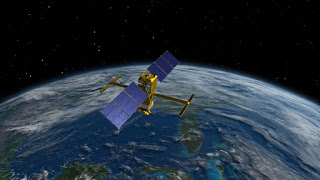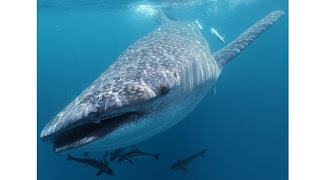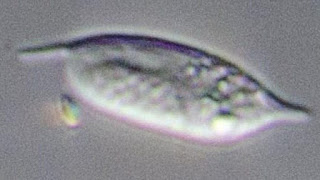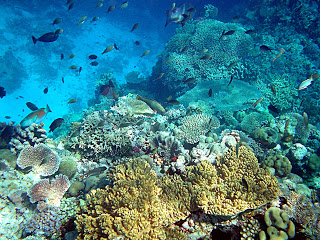1. California Bag Ban – Are Resident Up to the Challenge?
The recently passed proposition 67 was a huge victory for conservationists interested in keeping an estimated 15 billion pieces of plastic from entering landfills and ocean habitats. Supporters hope that California will serve as an example and other states will follow.
Now that the ban is in place, will Californians determine that they are willing to forgo a bit of convenience? Will the populous alter their habits and begin caring reusable bags?Read More…
2. Scientists Opt to Euthanize Stranded Whale in New York
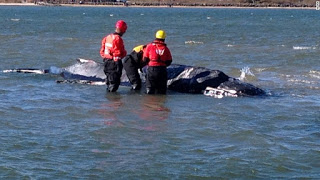
A whale that had been feeding in Moriches Bay since November 13th became increasingly weak and after being stranded in Hart’s Cove in about two to three feet of water. The animal drew an audience who strategized about ways to get the cetacean to deeper water. Scientists and NOAA representatives decided that the whale had become so weak from malnutrition and sepsis that even if it could be moved, it would not survive. The animal seemed to be in extreme pain so veterinarians opted to euthanize the whale. A necropsy is pending. Read More…
3. Man Arraigned After Repeatedly Punching Shark – Hearing December 17th
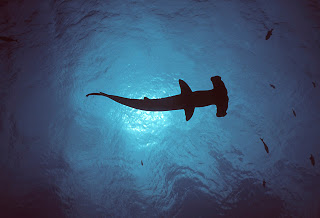
Two men brought an 8-foot hammerhead shark ashore in Florida. One of the men, Granger Ray Wooten, allegedly repeatedly punched the shark in the stomach. He then put the shark on the beach and took photographs of a young girl sitting atop the fish. Later the two men attempted to return the shark to the ocean and unsuccessfully tried to revive it. When charged, Wooten originally denied the allegations to the arresting officers, but later recanted. Read More…
4. NASA Set to Launch Satellite to Survey Globe’s Surface Water
5. The Antarctic Ice Sheet Began Melting in the 1940’s
6. Scientists Use DNA Left Behind in Seawater to Gather Data on Whale Sharks
7. Rare Ocean Microbe is Discovered to Be Important Singled Celled Ocean Predator
8. Researchers Track “Yeti”, a 960 Pound Great White Shark
9. Seaweed Could Be Utilized to Combat Climate Change
10. Coral Reef Erosion is Accelerated by Ocean Acidification
Be sure to “LIKE” http://facebook.com/SeaSave to ensure our “Week in Review” is delivered to your newsfeed every Friday.
Sea Save Foundation is committed to raising awareness of marine conservation. The Week in Review is a team effort produced by the Sea Save staff to provide a weekly summary of the latest in marine research, policy, and news.


